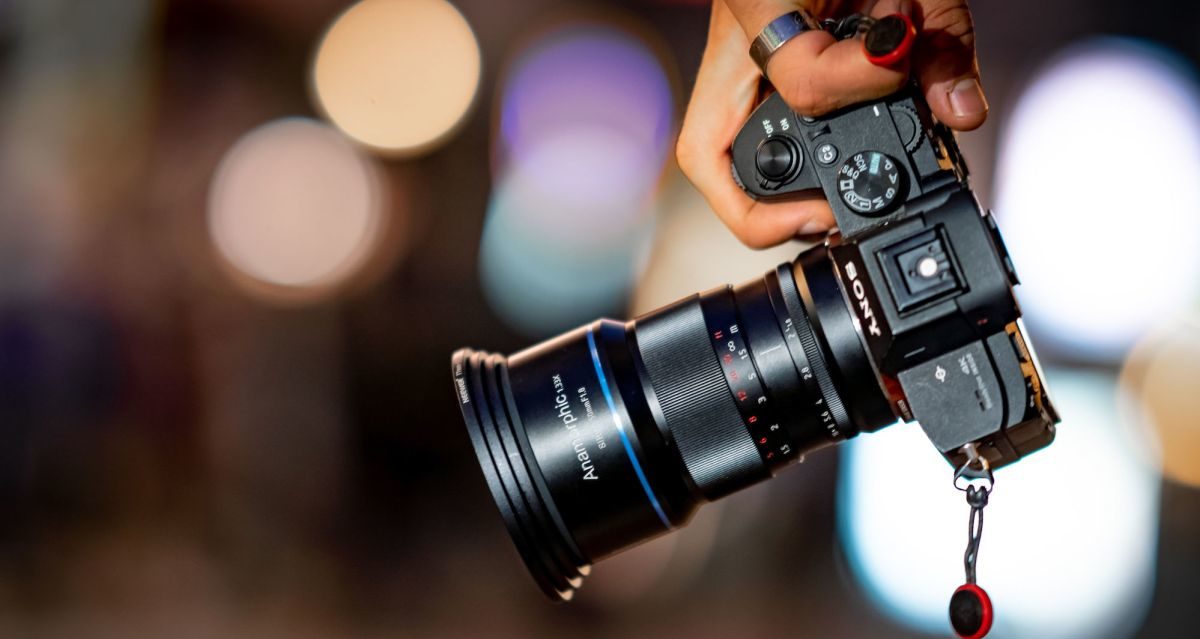Ranking the best anamorphic lenses for 2022
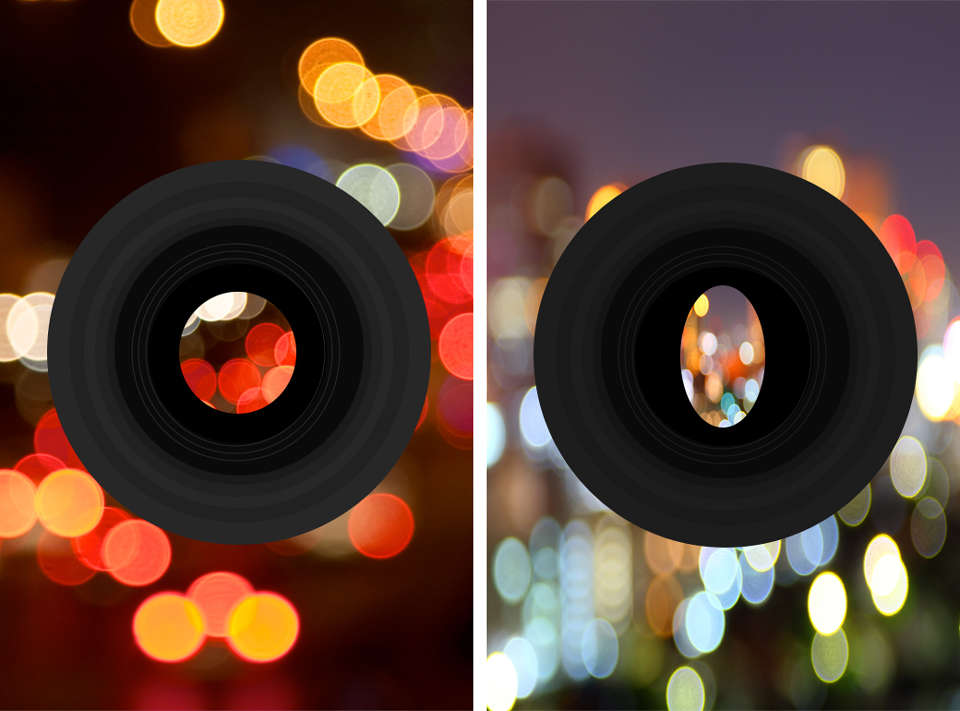
Lenses (cameras) for taking photos or videos are equipped with 2 types of lenses. Spherical - used in most devices and anamorphic (they are also anamorphic).
The former transmit the image to the sensor or film without distortion, without changing the aspect ratio. But the latter compress the image horizontally, leaving the vertical shooting parameters unchanged. It is due to this feature that even shots taken on a regular smartphone are more like frames from a movie.
Content [Hide]
The first anamorphs
Despite the fact that when shooting in the early years of the formation of cinema, the creators experimented with different types of films, 35 mm with a ratio of 1.37: 1 turned out to be optimal. But, firstly, ordinary lenses captured only the area that fell into the field of view of the lens (there was no question of any perspective), and secondly, when played back through a projector, the picture on the screen occupied only the central part, cropped horizontally with wide black stripes.
So, in order to reduce the outflow of visitors from cinemas, who appreciated the benefits of television programs with higher image quality, anamorphic lenses were developed.
When shooting, they compressed the frames horizontally by a factor of double when using the full frame height. And the projector returned the image to the correct proportions. The result is a widescreen video with characteristic blurry cinematic highlights and interesting lighting effects. For example, the lens turns bright spots of light into horizontal lines.
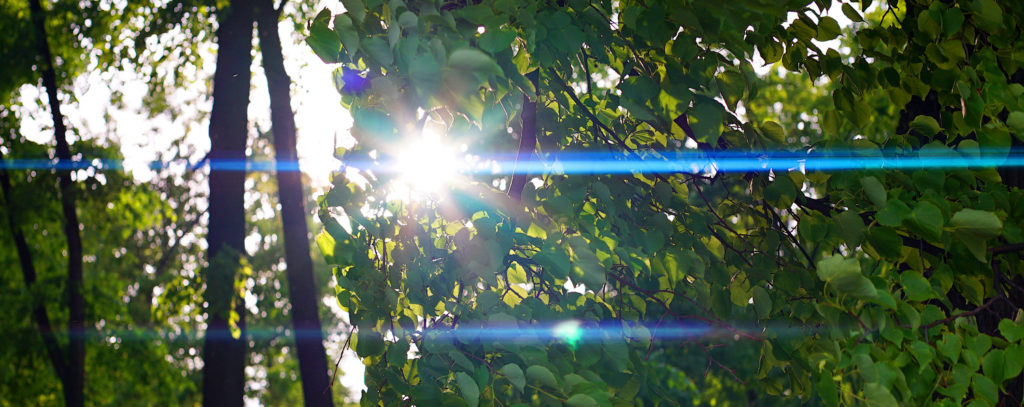
What are
There are 3 types of anamorphs in total.
The first one was developed in 1897 with 2 prisms set so that the image narrows only horizontally, without changing the vertical axis. The compression ratio of such an anomorph was 1.25:1. That is, if a film with an aspect ratio of 20 to 9 was used, then the final aspect ratio of the frame was 25 to 9.
The second type is a device with prisms and with a similar principle of operation to the previous one. Only because of the shape of the prisms themselves, the light beam, passing between them, is not refracted, but reflected from their surface.Such an anamorph does not change the image along the horizontal axis, but stretches it vertically.
Cylindrical lenses are compact and versatile, compatible with any camera.
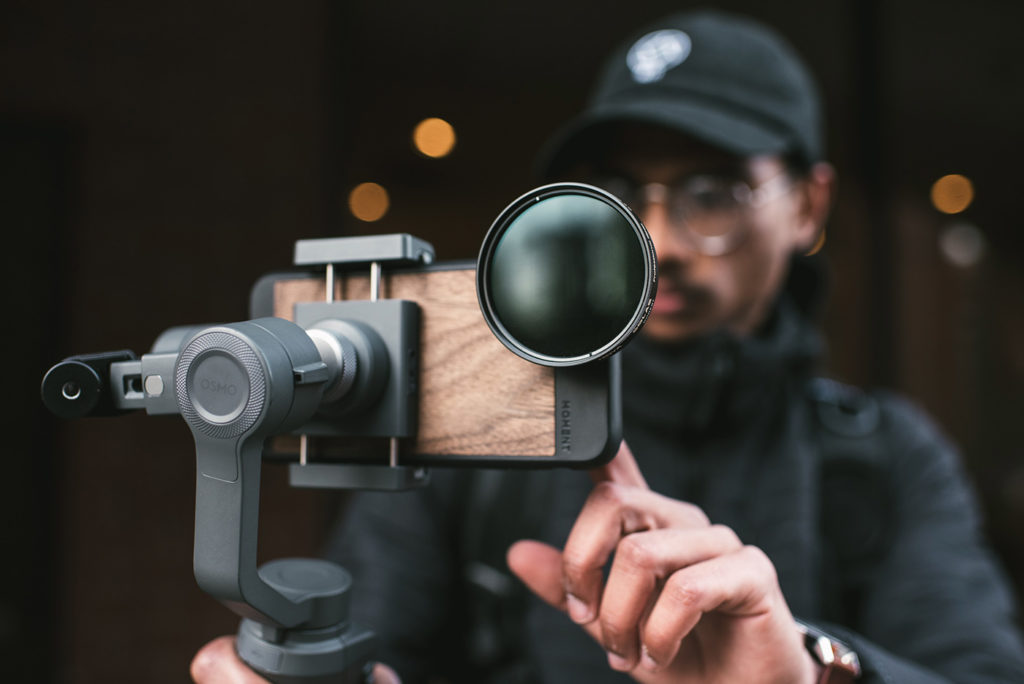
There are also special attachments for smartphones that are attached to the camera of the device itself (using a plastic “clothespin” or a special case. Such an anamorph is controlled using an application.
Anomorphic adapters on the camera are installed on the main lens either directly (using adapter rings) or using a special clamp mount. The latter are usually sold separately. There are adapters that work with zoom lenses, however, if the front filter on the lens rotates, then the anomorph will have to be installed on a rig (they are also called cages). If this is not done, the adapter may rotate along with the filter, which will lead to image distortion in the frame (at least the horizontal compression ratio will change).
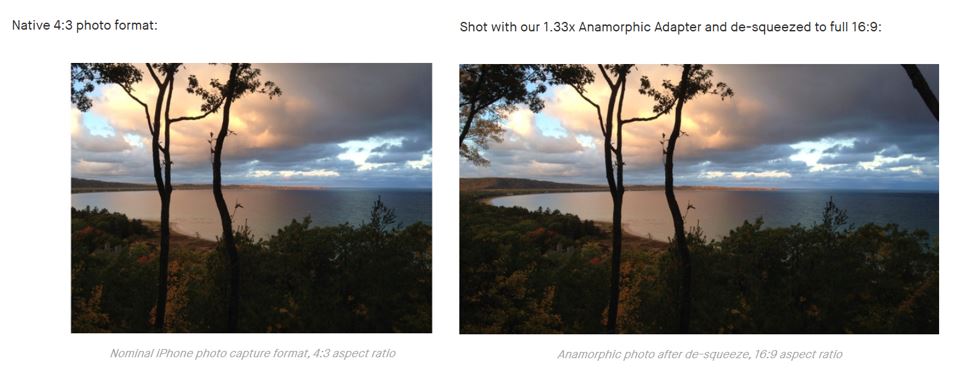
Pros and cons
Of the benefits - the ability to get a beautiful picture. It is not for nothing that famous filmmakers used anamorphic lenses when creating films such as Ghostbusters, Alien (it makes no sense to list everything, since the list will turn out to be impressive). When shooting with anamorphic, you can get effects such as:
- distortion - softening of straight lines in the right and left parts of the frame (the upper and lower borders remain unchanged), which allows you to focus on the central object in the frame;
- stretched horizon and anamorphic bokeh;
- aberrations (for example, blue horizontal stripes into which light from artificial light sources is transformed or iridescent highlights) - and such highlights look much softer and more effective than in photos taken by a camera with standard spherical lenses;
- more dynamics in the frame even for static objects.
And most importantly - anamorphic will allow you to get a widescreen "cine" video even when shooting with a conventional camera.
And now for the cons. The first thing to consider is that video post-processing is necessary. The image will have to be “stretched” to get the normal proportions in the picture. The second point is that there is no autofocus on such optics, so you will have to learn how to select the settings manually.
The cons mainly relate to the image quality and the complexity of the settings (plus the choice of lighting, the distance from the subject being shot (if we are talking, for example, about a portrait photo), as well as:
- noticeable compression of the image at the edges (compared to the center), which will lead to a distortion of the proportions of a moving object - for example, a person, from the edge of the frame to the center;
- "Curvature" of the image when shooting close-up or at close range;
- differences in sharpness and depth along the vertical and horizontal axes of the frame - as a result, the effect will resemble the standard background blur that can be obtained when shooting with a smartphone camera;
- low resolution performance - when using the same glass, standard spherical lenses benefit by 10-15%.
Lastly, anamorphic lenses need more light than conventional, spherical lenses.
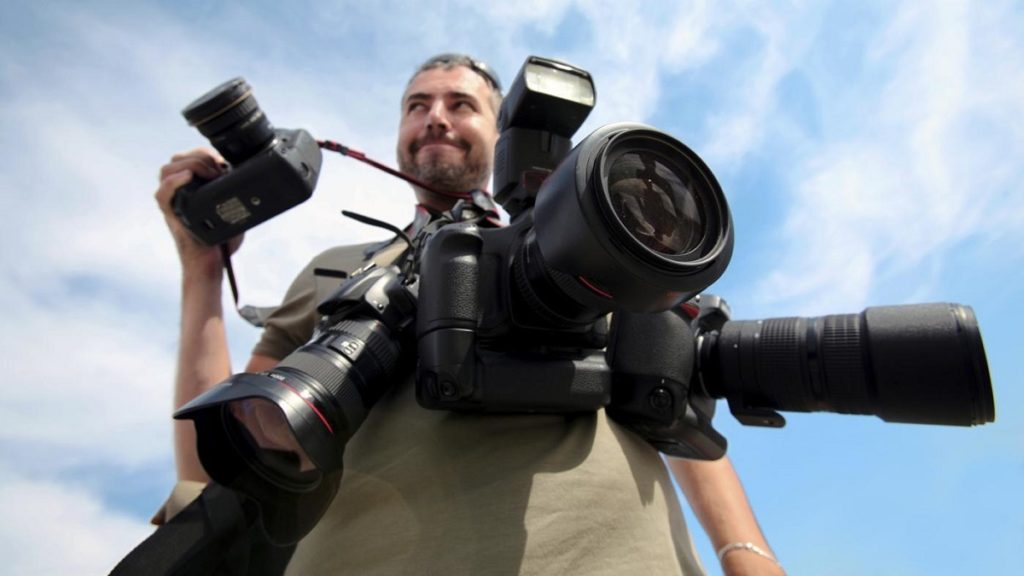
How to choose
It is better to buy wide-format optics with a small focal length - it will be possible to capture more information in the frame, including in the horizontal plane.
The second point - we study the options of the lens or attachment. Anamorphos are not cheap, so choose models with optimal (for specific tasks) characteristics.
Thirdly, most optics models are compatible with cameras, smartphones of specific brands - this point should also be clarified before buying.
The last - optics differ in size and weight. And if this does not affect the image quality in any way, then it will affect the convenience of shooting in any case. If you are going to shoot with a tripod, you can ignore these indicators, but if you are shooting by hand, then you should look for something compact and lightweight. And, yes, it is better to look for good quality optics in professional stores, especially for beginners.
When ordering via the Internet, look for the websites of the official optics manufacturer (well, or its representatives) - if you can’t win at the price, then at least there will be no problems with warranty repairs or the return of defective goods.
Plus, on such sites, information about technical characteristics is as accurate as possible.
You can also appreciate the quality of shooting and visual effects by renting anamorphic lenses. The pleasure will cost ridiculous money compared to buying optics, plus there will be an opportunity to understand whether the anamorph is really so necessary.
When choosing nozzles for a smartphone, everything is about the same. The only thing worth considering is that such optics will work only after installing a special application on a smartphone. And, yes, to find a case with a mount (unless, of course, the smartphone is not an apple device), you will have to try or be content with a clothespin mount.
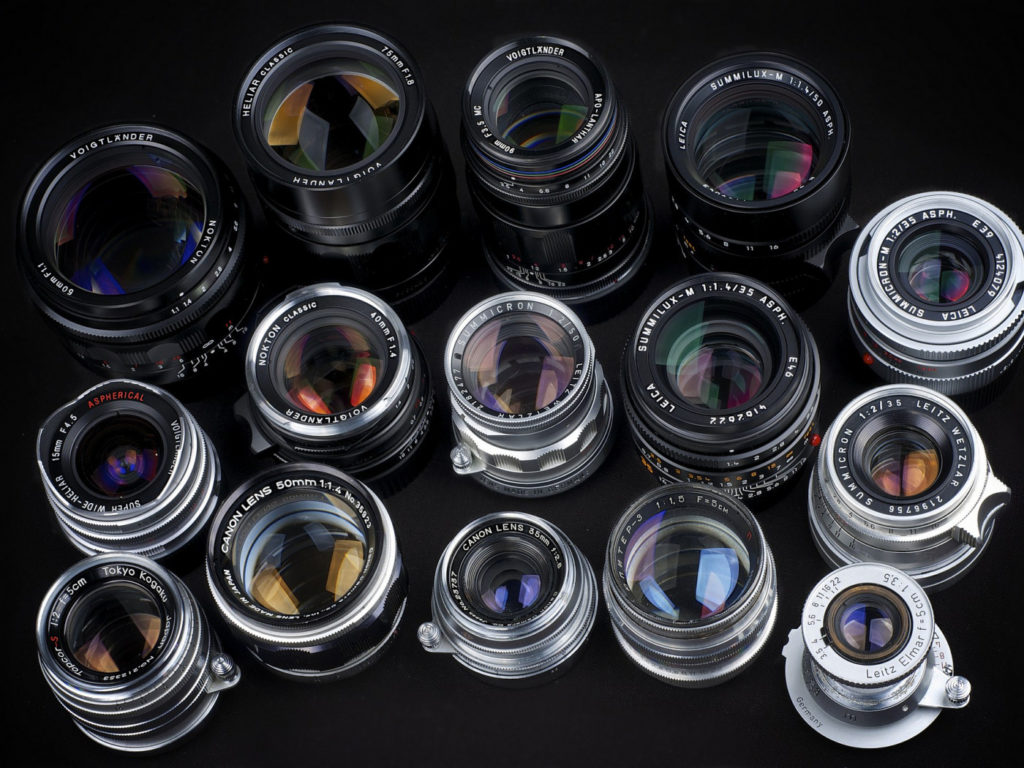
Top Producers
- Vormaxlens
A Russian company that develops and manufactures optics for photography and video filming.The line includes compact models for beginners and full-fledged lenses for professionals.
You can order either on ebay (not available on Russian marketplaces), or on the official website of the company. There is also detailed information on choosing anamorphic lenses, useful tips for beginners, and video examples of images taken with various lens models.
- Vazen
The Chinese brand, whose production is located in Japan, produces professional optics, the quality of which has already been appreciated by millions of users. Since 2020, the company has been heading towards the production of lenses for mirrorless cameras. It should be borne in mind that most models are compatible with Sony E-mount.
- Sigma
A Japanese company specializing in the production of optics, accessories, flashes for photo and video equipment, has its own line of compact cameras, SLR cameras. Produces accessories for almost all major photographic brands.
- LOMO
Leningrad plant for the production of high-quality optics for special and civil purposes. ILLUMINA S35 lenses have been used to shoot many Russian films and television series, commercials and video clips.
As for anamorphic attachments, after a series of tests, it was decided not to launch the only model into mass production. Optics are leased to operators free of charge. But attempts to improve the nozzle continue.
- Ulanzi
It is rightfully considered the leader in the production of accessories for mobile shooting and action cameras. Optics are of high quality and reasonable price. Plus, you can buy nozzles on any major marketplace.
Best anamorphic lenses for 2022
Smartphone attachments
Flyanamorphic by Vormaxlens
votes 1
A good budget option for beginners with a compression ratio of 1.33x, it turns ordinary smartphone video into a real movie with beautiful visual lighting effects. Compatible with devices of any manufacturer, installed using a threaded mount (the mount itself must be purchased separately).
Price - 1990 rubles (on the official website).
- price;
- high build quality;
- compactness.
- the mount will have to be purchased separately - a standard plastic clip will cost an additional 450 rubles.
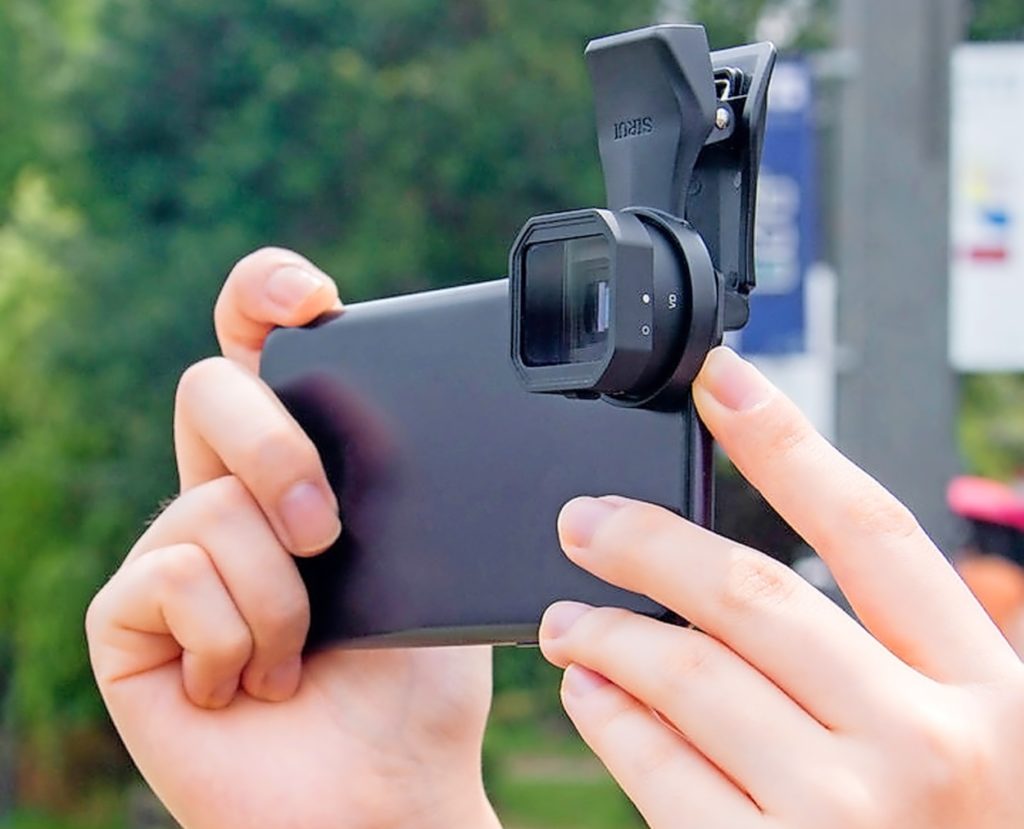
Sirui
votes 0
With a movable main lens that allows you to shoot video, holding the phone both horizontally and vertically. Standard holder design - clothespin is compatible with any phone models. Special covers are only for apple devices.
The nozzle is compatible with branded polarizing and variable filters. The scope of delivery includes the lens itself, the mount, a cloth for cleaning the optics and a storage case.
Before you start, you need to download the proprietary or Filmic Pro application (Fotorcam for iPhone).
Price - 7000 rubles.
- compatible with all models of smartphones;
- holder included;
- good video quality (for non-professional equipment);
- aluminium case.
- users noted a mediocre build;
- it is hardly suitable for shooting close-ups, but for general ones - that's it.
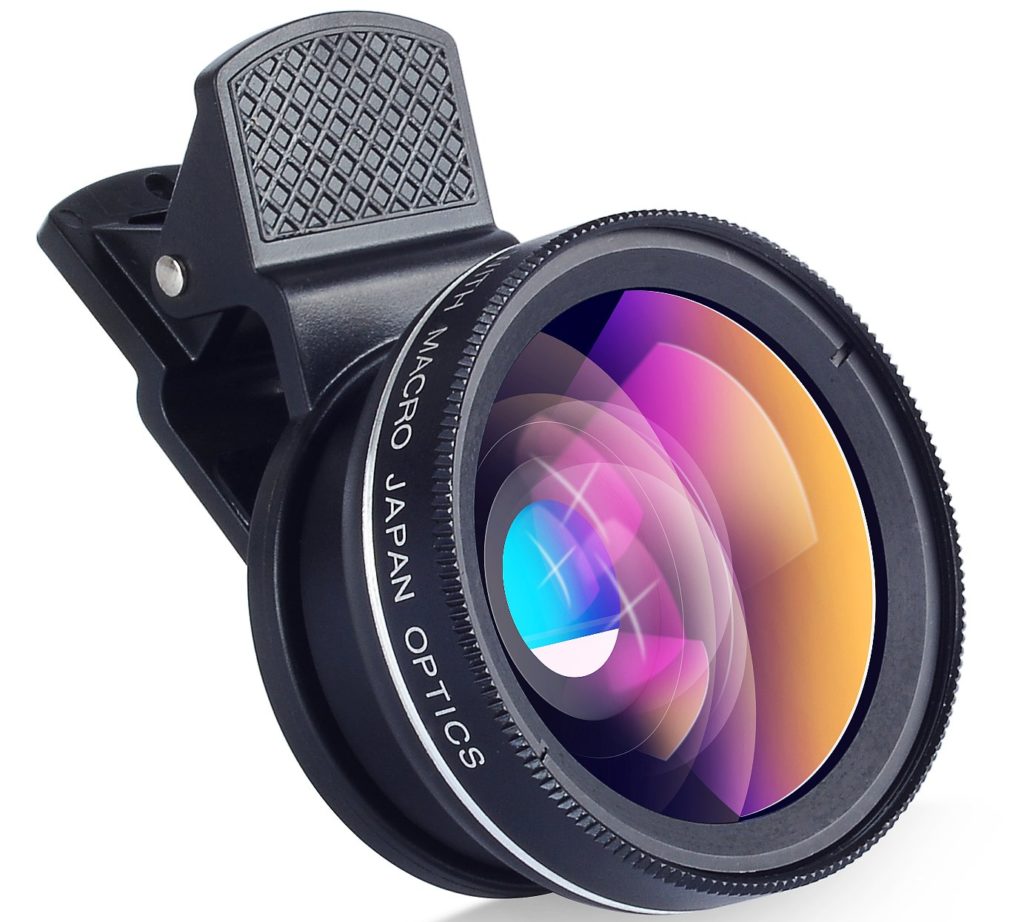
Apexel HD
votes 0
With a horizontal compression ratio of 1.33x, in an anodized aluminum housing. Universal mount is suitable for most modern smartphones. The set includes 2 lenses, cleaning wipes, a case and a protective cover for the nozzle. There are several options for sets - with or without filter lenses.
User reviews are mostly positive. Some have even compared the lens to the more expensive Ulanzi. When shooting, the lens can give a slight barrel distortion (distortion of the central object) and light at the edges of the frame. But again, according to user reviews, the problem can be solved.
Don't forget to install the Filmic Pro app before you start.
Price - 5000 rubles without discounts (on Aliexpress).
- good build quality;
- light filters included;
- image quality.
- according to reviews, the packaging of the same product can vary greatly, so before buying, you should clarify all the information of interest with the seller in advance.
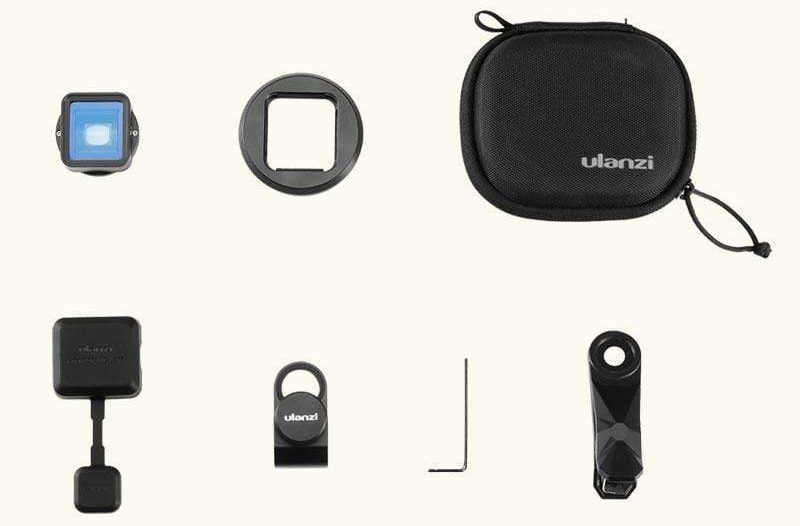
Ulanzi 1.55XT
votes 0
Compatible with iPhone 12 Pro Max as well as any modern smartphones. High-quality lenses and incredible effects even in normal shooting. Works with standard applications, comes with protective cover and filter adapter in fabric pouch.
Reviews are only positive, there are no complaints about the build quality and the final picture.
Price - 8000 rubles.
- high quality picture without distortion;
- aircraft-grade aluminum body;
- double lens;
- secure fastening.
- no.
The Best Camera Lenses
Sirui Anamorphic Z Mount
votes 0
With a minimum focal length of 60 cm, a wide range of aperture settings, a Micro Four Thirds bayonet mount with adapters for Sony, Canon, Nikon Z and Fujifilm X-mount cameras (details should be checked with the seller in advance).
The lens is quite bulky, and it weighs 810 g - such indicators should be taken into account if you are going to shoot without a tripod. For the rest - everything is fine. Users appreciated both the build quality and the variability of settings.
The price for a lens with such characteristics is quite budgetary, about 80,000 rubles.
- metal case;
- compatible with filters with a diameter of 77 mm;
- minimum focal length 0.6m.
- no.
Vormaxlens 35 mm 2.8 1.33x
votes 0
The lens in a metal body with lenses with a neutral coating (no multi-coated) is suitable for shooting widescreen video (you will have to tinker with the photo settings).
The maximum image sharpness is achieved when shooting at a distance of 10-20 m from the object. Mounting type EF-mount, compatible with light filters, suitable for all matrix sizes, including FullFrame.
Price - 30,000 rubles
- acceptable price;
- suitable for beginners;
- good build.
- there are no special ones.
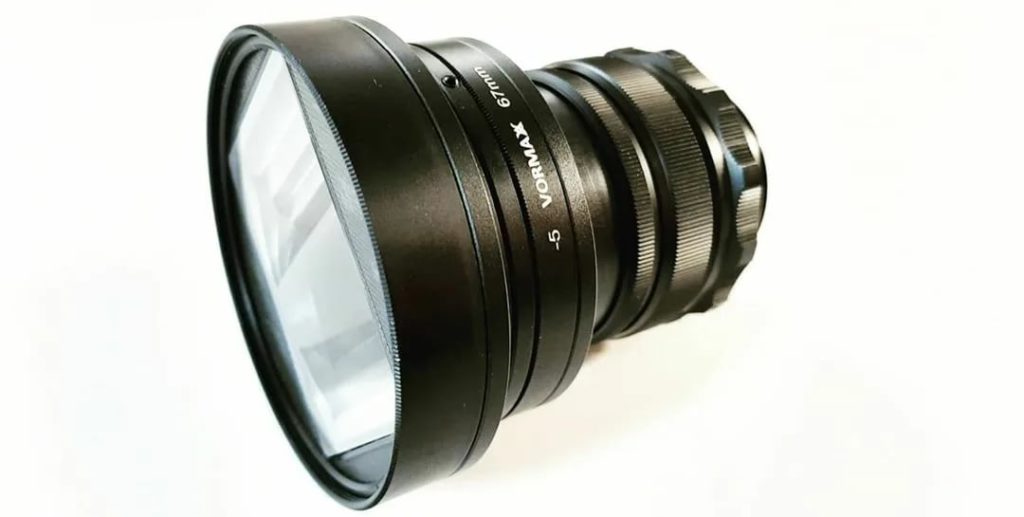
Anamorphic PL-mount
votes 0
Another copy from the Russian company Vormaxlens with a compression ratio of 1.3x. Compact, in a metal case, works at full frame (vignetting effect in this case will take no more than 10% of the frame).
The optimal distance to achieve maximum sharpness is 5-10 m. It is worth considering that this lens is only compatible with cameras based on APS-C sensors. The diameter of the filters is standard 67 mm.
You can buy either on the official website of the manufacturer (with pre-order), or on eBay.
Price - 17,000 rubles.
- compactness;
- light weight;
- budget price.
- there are no special ones.
So, anamorphic lenses can turn ordinary smartphone video into a real full-screen movie. And standard photographic portraits are a real work of photographic art.But it is worth considering that beginners will have to at least spend time learning information on how to properly position the light source in order to get the bokeh effect or those very horizontal or oval highlights.
new entries
Categories
Useful
Popular Articles
-

Top ranking of the best and cheapest scooters up to 50cc in 2022
Views: 131649 -

Rating of the best soundproofing materials for an apartment in 2022
Views: 127687 -

Rating of cheap analogues of expensive medicines for flu and colds for 2022
Views: 124516 -

The best men's sneakers in 2022
Views: 124030 -

The Best Complex Vitamins in 2022
Views: 121937 -

Top ranking of the best smartwatches 2022 - price-quality ratio
Views: 114978 -

The best paint for gray hair - top rating 2022
Views: 113393 -

Ranking of the best wood paints for interior work in 2022
Views: 110317 -

Rating of the best spinning reels in 2022
Views: 105326 -

Ranking of the best sex dolls for men for 2022
Views: 104362 -

Ranking of the best action cameras from China in 2022
Views: 102214 -

The most effective calcium preparations for adults and children in 2022
Views: 102010
